
Traditional clothes
In Bunun's traditional clothing, leather products are made of leather obtained from Taiwan serow, Formosan sambar deer, Reeves's muntjac and other game animals, and there are also materials made of natural ramies, which are peeled, threaded, dyed, sun-dried and spun into cloth. The traditional clothes usually have herringbone patterns. They usually have white as the bottom coating to go with red, yellow and purple or to go with red, yellow and white. The Bunun people have always valued decorations over clothing, so they tend to demand more from their decorations over clothing and use a rich variety of decorations on clothes.
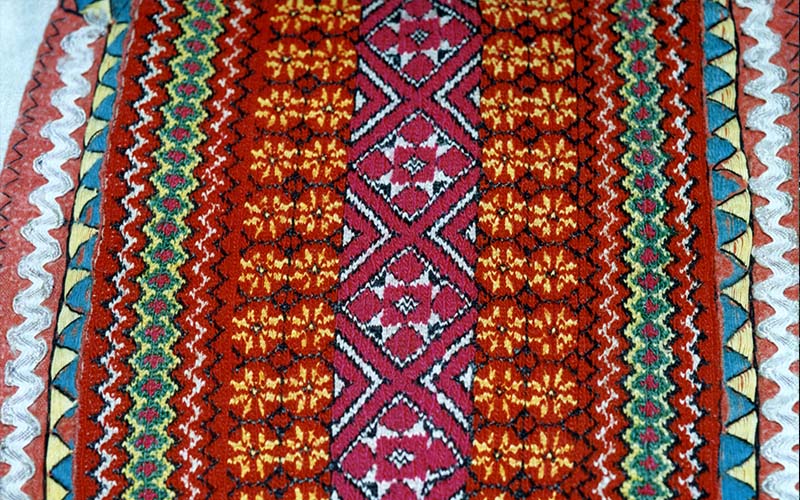
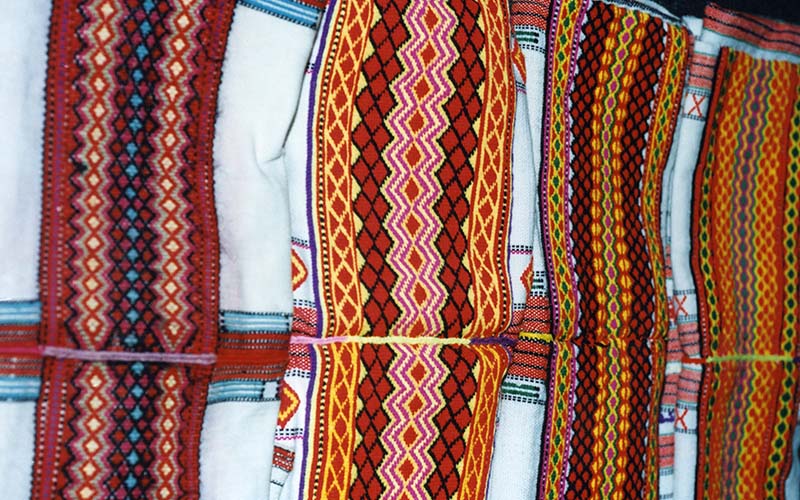
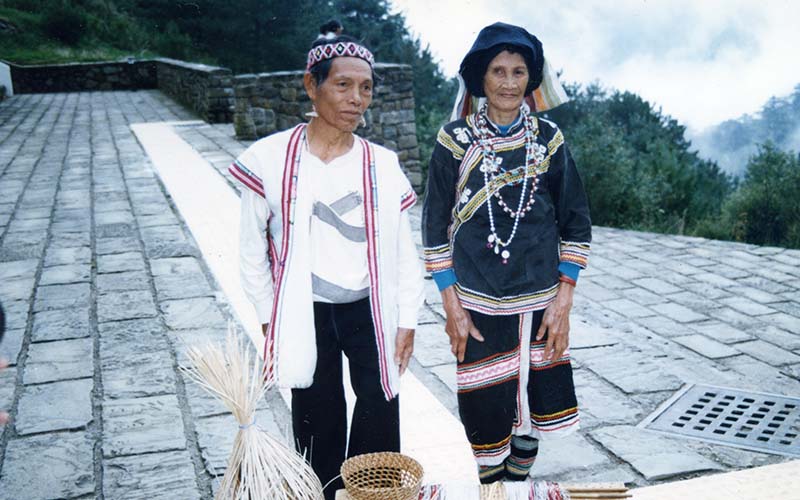
Men's clothing
Include tops, chest pockets, and codpieces. Some Bunun men wear red clothes under their shirts. However, this style is only for heroes who have hunted human heads, wild boars or deer, as wearing red clothes symbolizes bravery.
Women's clothing
They wear long shirts with tight sleeves and long skirts, with knee-length trousers being used to cover the lower legs. Most of the clothes are available in blue and black and have piping embroidery.
Weaving
The art of weaving of the Bunun people has slightly changed over time. For example, as it is rather difficult to obtain rattan, small containers such as baskets and boxes are now made of bamboo weaving. However, the commercially available nylon fibers are convenient, cheap, and strong and they have gradually replaced rattan as the materials used for making the containers. The frames of utensils, such as back baskets, woven from nylon fibers are still made of rattan.
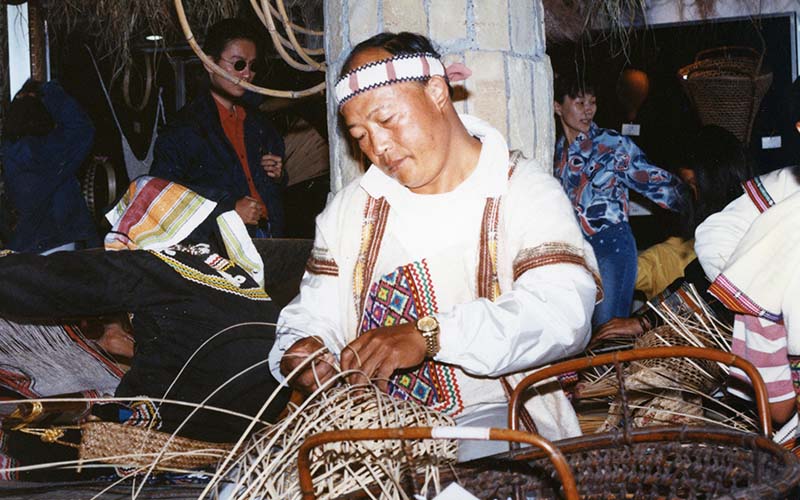
The weaving of rattan
In the early days when the Bunun people lived deep in the mountains, they had to make all the objects and utensils needed in their daily lives by hand. Among the various weaving materials, rattan for weaving is the most common type.
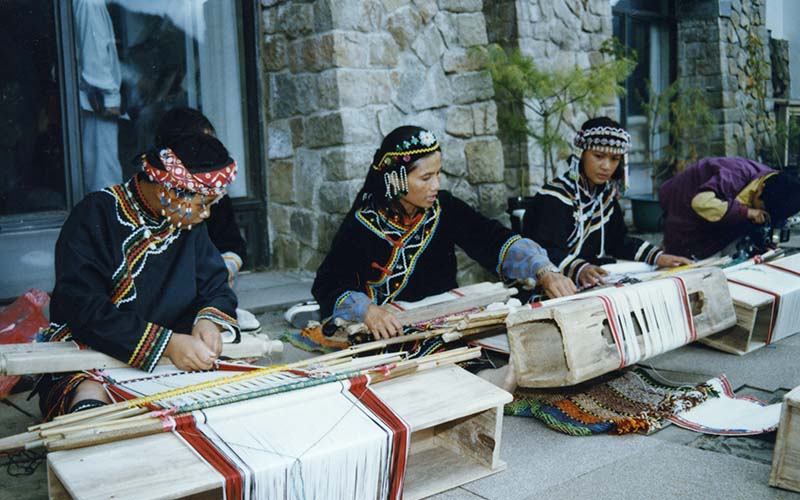
The weaving of clothing
Weaving is a tradition of Bunun women. Back in the day, all Bunun girls had to learn weaving from an early age. If they did not know how to weave, it would be difficult for them to get married. Therefore, all girls had to pick up weaving skills from their mothers and then applied their handicraft skills to earn their social status. After the industrialization of weaving in Taiwan, the art of traditional weaving among the young Bunun girls these days has gradually been lost.
